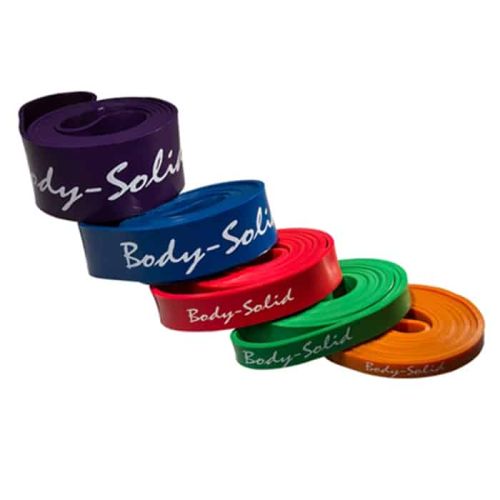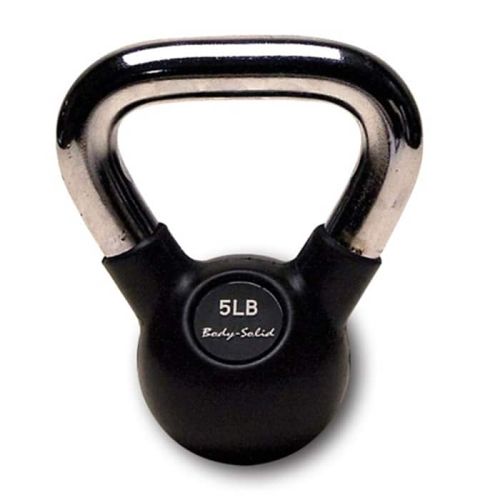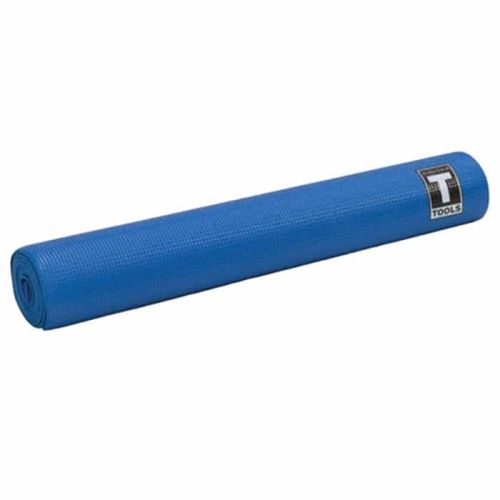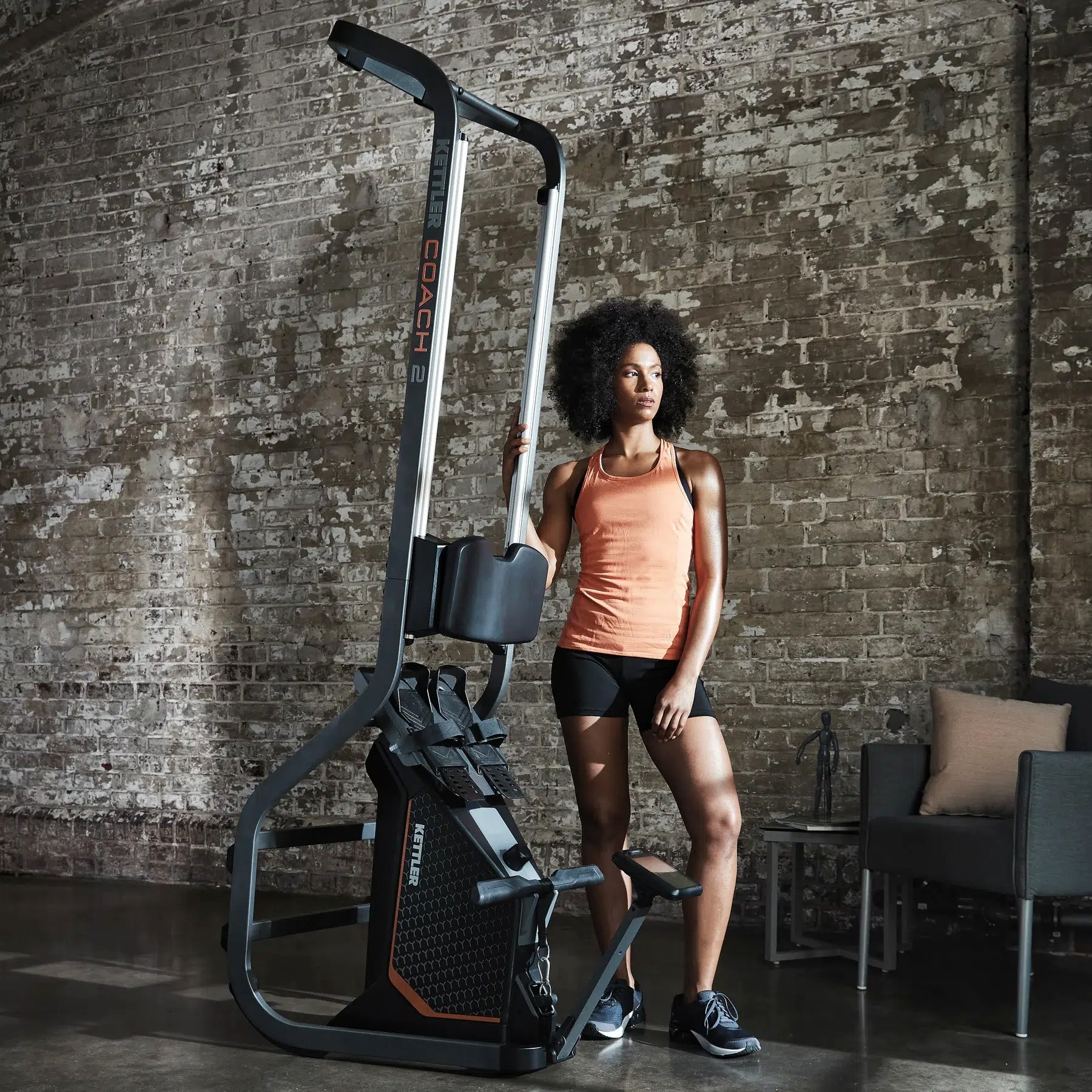
In the modern world, it is difficult to allocate time for fitness. However, what if you could incorporate efficient workouts into your daily life without any disruptions, where every movement counts? This is where functional fitness comes into play. This all-inclusive functional fitness guide will teach you how to use everyday movements to enhance your strength, flexibility, and general well-being.
Understanding Functional Fitness
Functional fitness is not only about appearance; it is about better movement in your everyday life. In contrast to the traditional workouts that target muscles, functional fitness is all about movements that resemble real-life activities.
Consider bending, lifting, squatting, and reaching. You will not only improve your physical performance but also lower the risk of injury by teaching your body to perform these movements more effectively.
Functional Fitness Workouts: Every Move Matters
The days of lifting weights aimlessly in the gym are over. Functional fitness exercises are all about intentional movement. At home or at the gym, there are numerous exercises that you can include in your routine to develop functional strength.
– Bodyweight Squats: A basic but productive lower body strength exercise. Stand with your feet shoulder-width apart, sit back as if you’re sitting on a chair, and then stand up. Repeat for reps.
– Push-Ups: Develop your chest, shoulders, and arms with this traditional exercise. Begin in a plank with your hands apart, lower your body until your chest is almost touching the ground, and then push back up.
– Plank Variations: Planks are great for developing core strength. Combine it with side planks, forearm planks, or plank rotations to hit other muscles.
Functional Strength Exercises: Establishing a Strong Base
Functional strength is the basis of daily activity. You can improve your capacity to carry out daily activities with ease by including particular exercises in your routine.
– Deadlifts: A compound exercise that works on several muscle groups such as hamstrings, glutes, and lower back. Concentrate on keeping a neutral spine as you raise the weight from the floor to a standing position.
– Farmers Walk: Pick up a heavy object in each hand and walk for a distance or time. This exercise not only works on your grip but also enhances your overall functional strength.
Choosing the Right Functional Fitness Training Equipment
You don’t need fancy gym equipment to reap the benefits of functional fitness. In fact, some of the most effective exercises can be done with minimal equipment or even just your body weight. However, if you’re looking to take your workouts to the next level, here are a few pieces of functional fitness training equipment worth considering:
– Resistance Bands: Versatile and portable, resistance bands are perfect for adding extra resistance to your workouts. Use them for exercises like banded squats, rows, or shoulder presses.
– Kettlebells: These cannonball-shaped weights are excellent for building functional strength and power. Try kettlebell swings, goblet squats, or Turkish get-ups for a full-body workout.
Home Fitness Equipment: Creating Your Own Functional Fitness Sanctuary
Transforming your home into a functional fitness haven is easier than you might think. With a few key pieces of home fitness equipment, you can create a space where you can work up a sweat without ever leaving the comfort of your own home.
– Yoga Mat: Perfect for cushioning your joints during floor exercises like planks, push-ups, or yoga poses.
– Dumbbells: A staple in any home gym, dumbbells are incredibly versatile and can be used for countless exercises to target various muscle groups.
Finding the Best Functional Trainers
If you’re new to functional fitness or looking to take your workouts to the next level, working with the best personal trainer can be invaluable. They can provide personalized guidance, ensure proper form, and keep you motivated along the way.
– Ask for Recommendations: Reach out to friends, family, or colleagues for recommendations on reputable trainers in your area.
– Check Credentials: Look for trainers who hold certifications from reputable organizations like the American Council on Exercise (ACE) or the National Academy of Sports Medicine (NASM).
Fitness Tips for Success
– Stay Consistent: Consistency is key when it comes to seeing optimal results, and this is the most emphasized fitness tip. Aim to incorporate functional fitness workouts into your routine at least three to four times per week.
– Listen to Your Body: Pay attention to how your body feels during and after workouts. If something doesn’t feel right, don’t push through the pain. It’s essential to know when to rest and when to push yourself.
– Set Realistic Goals: Whether it’s improving your strength, increasing flexibility, or simply feeling better overall, set achievable goals that keep you motivated and on track.
Conclusion: Embracing the Functional Fitness Lifestyle
Functional fitness isn’t just a workout; it’s a way of life. By incorporating purposeful movement into your daily routine, you can improve your strength, mobility, and overall quality of life. With the help of this functional fitness guide, you now have the knowledge and tools you need to unlock your full potential and embrace the power of functional fitness.
So, what are you waiting for? Lace-up your sneakers, grab premium functional fitness equipment like resistance bands from our premium fitness equipment store, and start moving towards a healthier, more functional you today!








